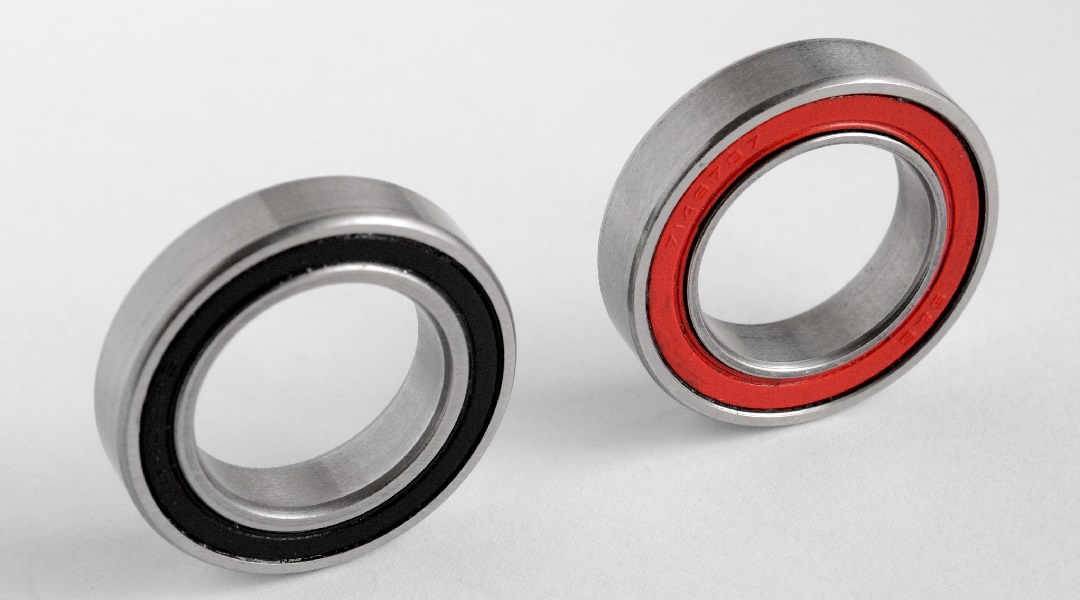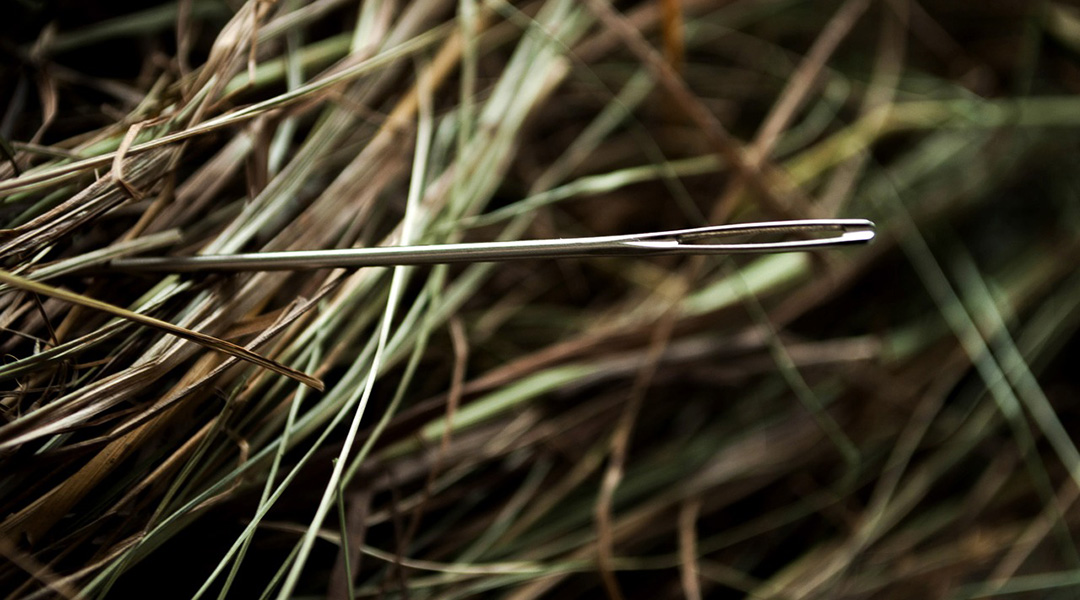Researchers use the ancient art of Kirigami folding to create flexible electronic devices from paper and diversify the applications of next-generation sensors, robots, and diagnostic devices.


Researchers use the ancient art of Kirigami folding to create flexible electronic devices from paper and diversify the applications of next-generation sensors, robots, and diagnostic devices.

A new, flexible, and self-powered sensor made by magnetoelectric materials can convert mechanical stimuli to electrical signals for robots with a “soft touch”.

Researchers tune the properties of a known semiconducting material so that it behaves like a metal, with some superconducting behavior, for more efficient electronic devices.

Archimedean spirals for flexible heat actuator-sensor devices.

An automated microfluidics‐based reaction system provides hands-off synthesis for the modern lab.

A wireless acoustic sensor that can be worn over fur could be especially useful for monitoring the vital stats of working animals such as sniffer dogs.

Artificial enzymes promise to not only help us understand the complex functioning of enzymes, but will create a new generation of biosystems for sustainable chemistry practices.

Researchers design a porous 3D graphene lubricant composite for harsh conditions and high loads.

Perovskites have been discovered to be a cheap alternative for Faraday rotators.

Screening an almost infinite number of elemental combinations in search of new alloys for catalysis requires a creative approach.